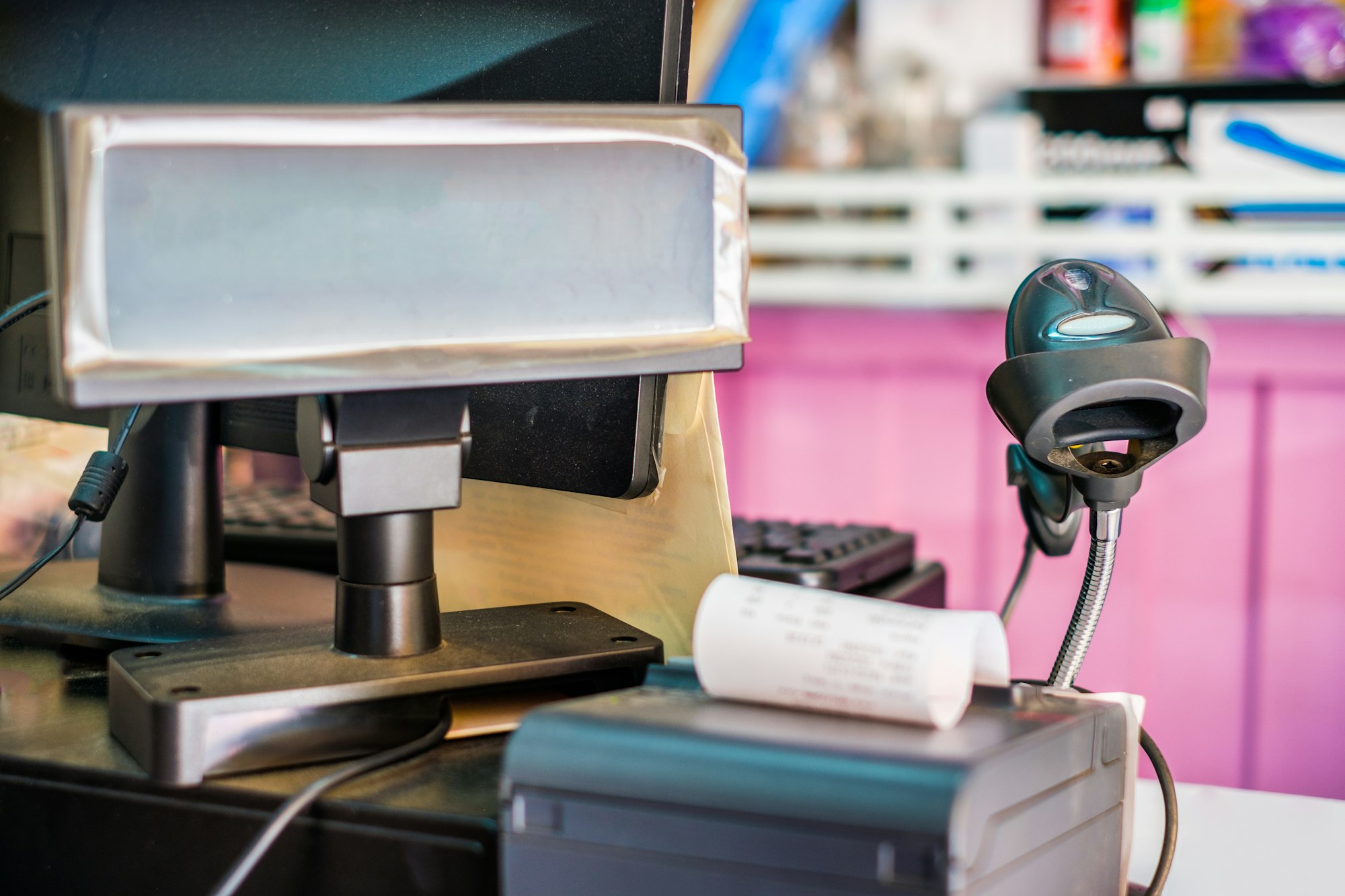What It Looks Like vs. What It Actually Is
When Amazon opened its first no-cashier store in Ealing, London, it seemed like we were stepping into the future. The store was filled with cameras and sensors that Amazon said would let you just grab what you want and leave, no waiting in line needed. Sounds cool, right? Well, it turns out that there’s a lot more human work going on behind the scenes than Amazon made it seem. Reports have come out that say about 70% of what’s bought needs to be checked by people, many of whom are in India, to make sure everything’s being charged right.

The Gap Between What’s Promised and What’s Real
These stores are supposed to make shopping super easy by getting rid of checkout lines. You just pick up what you need and go, and the store figures out your bill by itself. But actually, a ton of human workers have to watch what’s happening through cameras to make sure everything works properly. This kind of ruins the idea that the store runs entirely on cool tech.
Why Having People Watch Matters
The fact that Amazon relies on so many people to keep these stores running brings up some big issues. It shows that a lot of the work we think is done by machines is actually done by people getting paid much less than they would in places like the UK. This isn’t just misleading to customers; it’s part of a bigger problem where companies pay people in countries like India, Kenya, and the Philippines way less to do the same work.
How This Affects Everyone
Economically, this is a big deal. By using cheaper labor from other countries, Amazon saves a lot of money, which isn’t great for job opportunities locally. This also raises a bunch of questions about whether it’s fair to pay people so differently based on where they live. And on top of making more money for already rich companies, it adds to the problem of economic inequality.
The Bigger Picture
This situation isn’t just about money; it’s also about how we see work and technology. There’s this false idea that all the manual work is being replaced by advanced tech, but actually, a lot of hard work by real people is being hidden behind the techy facade. This misconception can make unfair labor practices seem more acceptable because people think they’re just part of technological progress.
Why This Might Not Last
Relying on people to do the work that’s supposed to be automated isn’t a good long-term plan. It’s not just misleading to customers; it also slows down real tech advancements. As long as companies can get away with using cheap labor instead of improving technology, there’s less motivation to actually make the tech better.
Let’s dive into the reality behind Amazon’s so-called AI stores, which rely a lot on underpaid workers. We’ll look at the financial impacts, the ethical questions it raises, and how it affects society’s view of technology and labor.

Frequently Asked Questions About Amazon’s “AI-powered” No-Checkout Stores
1. What technology does Amazon use in their cashier-free stores?
Amazon uses a combination of cameras, sensors, and artificial intelligence (AI) in their cashier-free stores, known as “Just Walk Out” technology. This system is designed to track what shoppers pick up and put back, billing them automatically as they leave the store.
2. How accurate is the technology in these stores?
While the technology aims for high accuracy, it’s not perfect. About 70% of transactions require human review to ensure they are correct, which means that a significant portion of the process still relies on human labor, primarily from workers in countries like India.
3. Why does Amazon use human reviewers for transactions?
Human reviewers are necessary because the technology isn’t fully reliable on its own. Reviewers help verify transactions and correct any errors, such as misidentified items or incorrect billing, ensuring customers are charged properly for their purchases.
4. What are the ethical concerns with Amazon’s use of this technology?
The main ethical concerns include:
- Labor Exploitation: Employing low-wage workers from countries like India to verify purchases, which undermines the claim of high-tech automation and exploits cheaper labor markets.
- Economic Impact: This practice can disadvantage local employment and contribute to wage disparity, as it relies on cheap foreign labor to perform essential tasks.
- Misleading Advertising: Promoting the stores as fully automated, when in reality, a large portion of the operations are manually checked by humans.
5. Is the use of human reviewers in these stores likely to change in the future?
The reliance on human reviewers may decrease as technology improves, but as of now, the need for manual verification is a significant aspect of Amazon’s cashier-free system. The company would need to achieve near-perfect accuracy with its AI to minimize human intervention, which is a considerable challenge technically and economically.
These FAQs aim to clarify the workings behind Amazon’s innovative shopping technology and the realities of its implementation, including the social and ethical implications.
Sources The Guardian


